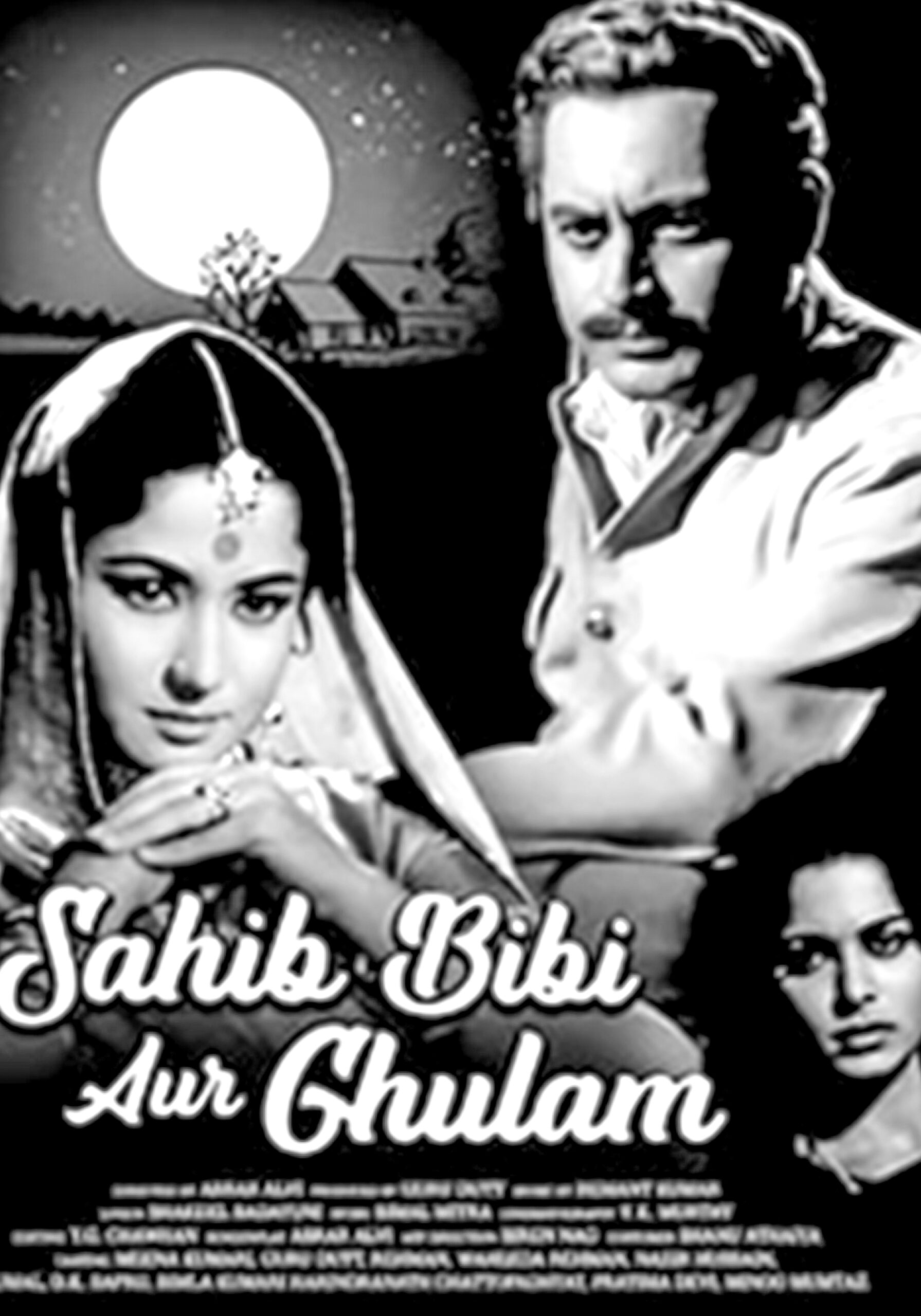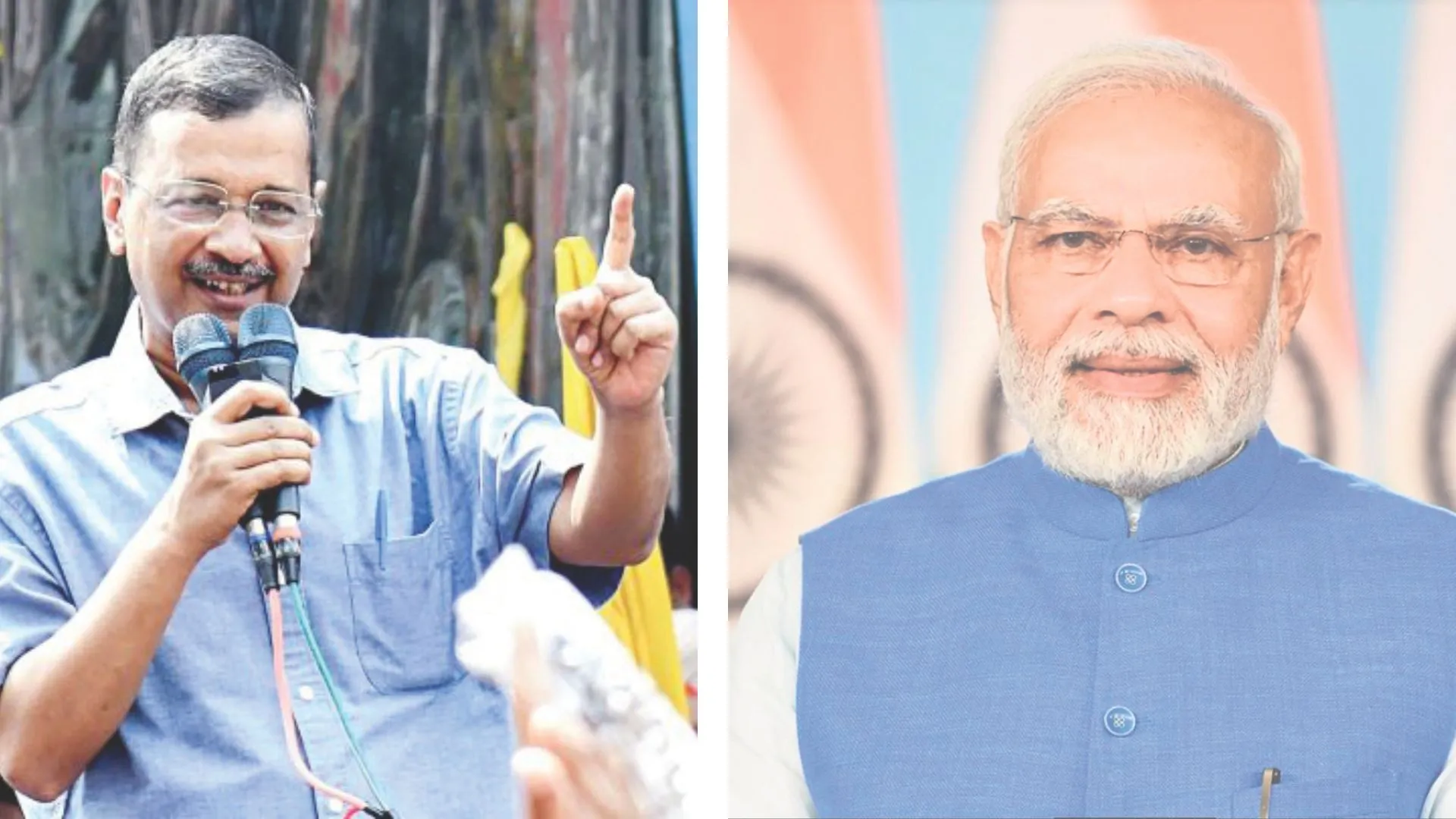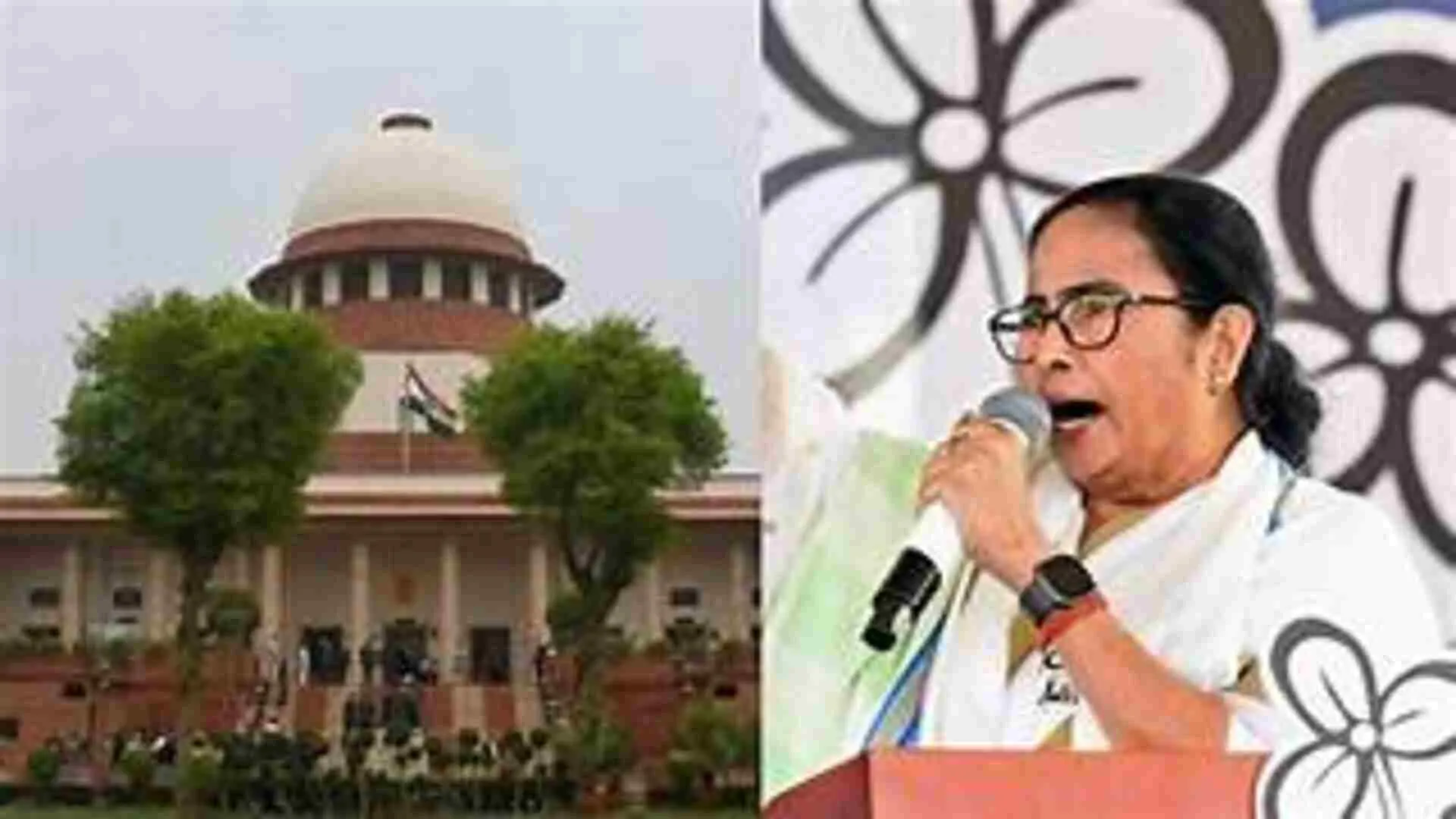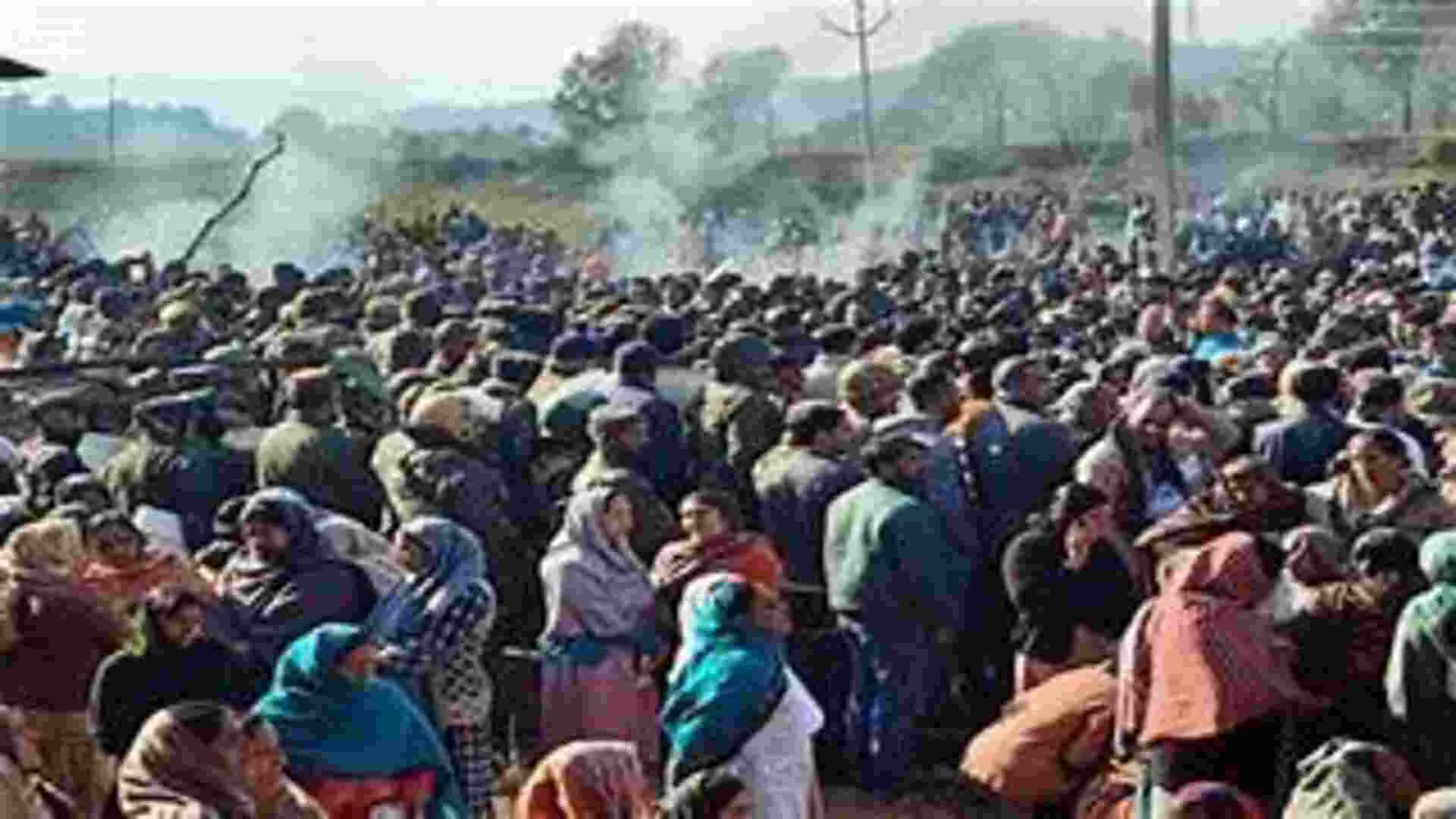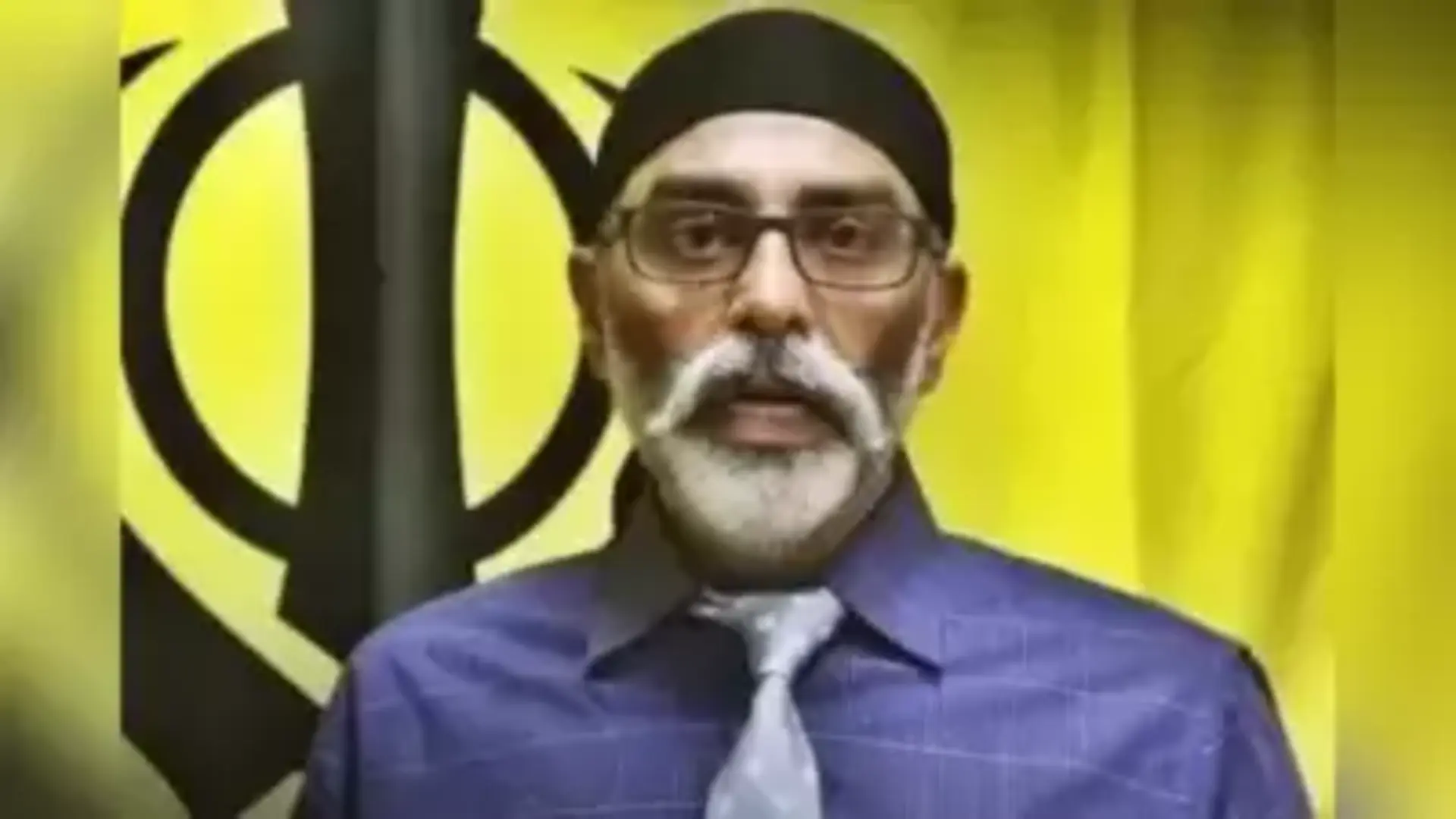A glimpse of the Black & White era of Hindi cinema.
Cinema of yester-years adds charm, distance and melancholy ; specially the black and white era where the emotion of ‘waiting’ was more profound. It is mostly presented through songs. Though, in modern life any of the lovers-man or woman may be waiting, longing for each other, but in the ‘black and white’ era up-to the sixties, woman mostly stayed at home or village. Man would be away for work and therefore mostly such songs of waiting were picturized on women. Also in a conservative society women expressed less in public and even in private may not be so expressive with their husband or lover. Therefore their unexpressed desires have been given voice through various songs and dances by the cinema makers. In such songs, the women protagonist imagine and conceive in loneliness and reveal to the audience their feelings, a peek into their heart. Writers,poets and artists therefore present to us the longings of these lonely women.
Presenting here ; three situations which have lasted in my cinematic memory. The grade, the shade and degree of loneliness, hope and separation are different.The first song is from the film ‘Sahib Bivi aur Ghulam’ of Guru Dutt. The song goes like this:
“Koi door se awaaz de chale aao
chale aao chale aao chale aao
Raat raat bhar intzaar hai
Dil dard se bekraar hai
Saajan itna to na tadpao,
Chale aao chale aao
Koi door se awaaz de…”
The song is sung by Geeta Dutt in her unique and quivering voice, written by Shakil Badayuni and music composed by Hemant Kumar. The song is filmed on Meena Kumari who is called ‘Choti bahu’ in the film depicting the degenerating feudal system. The husband is mostly away from home among ‘Nautch girls’( dancing girls) and neglects the beautiful young wife at home. The wife tries everything within her realm to be close and intimate with her husband and even accepts to consume alcohol with her husband reluctantly, eventually falling prey to it and becoming an addict.
This scene where she is shown in darkness singing the song waiting for her husband shows her helplessness. We are shown that she is seeing out of her balcony waiting for her husband , who finally returns in his horse driven Baggi(coach), fully drunk and has to be lifted to bed, by his servants. She is being watched by Gurudutt ( Bhootnath) who has recently come from the village for work and is residing with his ‘brother-in-Law’ in the premises, and comes close to her in the film.
The beautiful wife is all decked up and waiting for her husband dutifully. Looking beautiful in order to quench her thirst of a man and to present herself to the man in such a way so as to become desirable. But the man ignores her devotion, goodness, beauty and expects her only in a role of a ‘Nautch’ girl, dancing and drinking to his likes and so she turns like a ‘Nautch’ girl, and slides down to her decay. The lines of the song throughout echo in the surroundings. It is a short song,an anguished appeal to nature and the powers that be to help her.
Her cry rushes in the wilderness and is heard by all the occupants of the Haveli ; perhaps each night; but fails to stir the most important person ; her husband. Sitting in the cinema hall among the audience listening to the sorrowful voice we are in sympathy with her and understand her plight.
My second example is from the film ‘Anupama’ starring Dharmendra and Sharmila Tagore and directed by Hrishikesh Mukherjee. The song is ‘Dhire dhire machal e dile bekraar’. In the film it is a happy situation wherein the wife is singing this song on a piano waiting for her husband in the evening. It is a sophisticated surrounding. modern, urban drawing room. Though the setting is pleasant it soon turns tragic when the lady dies during the childbirth of her daughter. The husband blames the daughter for her death as he was deeply in love with his wife. Poor daughter, played by Sharmila Tagore suffers the neglect and indifference of her father. The song is important as it conveys the deep love between the husband and wife. The song goes like this:
“dhire dhire machal e dile bekraar koi aata hai
Yun tadap ke na tadpa muzhe baar baar, koi aata hai
Dhire dhire machal..
Uske daman ki Khusbu hawaon mein hai
Uski kadmon ki aahat panahon mein hai
Mujhko karne de karne de solah shringar, koi aata hai..
Dhire dhire machal
Mujhko chune lageen uski parchaaiyaan
Dilmen nazdeek bajteen hain sehnaiyaan
Mere sapnon ke aangan mein gata hai pyar, koi aata hai
Dhire dhire machal e dile bekraar…
rooth kar ke pehle ji bhar sataungi mein
Jab manayenge wo maan jaungi mein
Dil pe rehta hai aise mein kahan akhtiyaar koi aata hai
Dhire dhire machal…”.
The mood of the situation and song is reassuring. It conveys the deep bond ;deep love between husband and wife. There are three stanzas to the song and are an important milestone in the movie. The lady is singing knowing fully well that her husband has arrived or is about to arrive. She is singing to please him. She is also happy as on his arrival they are to go to attend a dinner. indeed; she is dressed well in a nice neat looking sari. The song has been beautifully penned by Kaifi Azmi. The first lines are indeed unique when she says to herself ( her heart) to ‘flutter softly as she was anxious, she was restless’. The second line is very subtle indeed ; it says: “ Do not suffer and make me suffer”. The husband too is anxious to meet his wife ; there is much love between the two. Yet; he wants her to sing and not be disturbed, therefore he is treading softly ; cautiously ( suffering/restless).
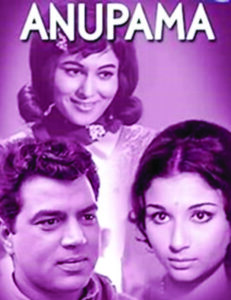
In the second stanza says : “Mujhko choone lagin uski parchhaiyaan, dil main baj ne lagi hain shehnaaiyaan” ( his shadows have started touching me; there is music playing in my heart). It is very soulful. The lady is singing, her fingers on the piano, facing the piano. The husband is approaching from behind. She has sensed him and therefore this subtle submission.
In the last stanza she expresses her plans. It is a love-play she says that she shall ‘pretend’ to be angry for his being late and that she shall make him suffer for the delay. Here it is to be noted that there may be no delay ; but in such times a situation is created to reassure his love for her. Therefore: “ Rooth kar ji bhar sataungi main, jab manayenge wo maan jaungi main” ( I will get angry and make him suffer, to my heart’s content; and when he will console me, I shall relent/surrender/agree).There is actually no need of this but she does it to afford his love. He is smitten of her, he wants to see her all dressed to go for the party. He wants to see her closely. He also likes her sing as she sings beautifully ( in the film the song is sung by Lata Mangeshkar).
The above ‘waiting song’ is of immense hope.There is ‘joy’ in this waiting, complete assurance and faith. Here waiting becomes a ‘love-play’ between the couple/lovers. Similarly when there is togetherness, fidelity in a relationship all setbacks are temporary. A separation of few days is not lamented and there is ‘celebration in waiting’. Therefore in the above song there is celebration/joy/ coyness/reassurance in waiting.
The third case of ‘shades of waiting’ is from the film ‘Haquiquat’, sung by Lata Mangeskar and filmed on the heroine of the film Priya Rajvansh who plays the role of a Kashmiri girl. She is in love with Dharmendra who is an Army officer. Here the situation is in Ladhakh. Cold, distant, isolated, less populated. War is on the brink between India and China ( 1962). This song is scripted to convey to the audience that this young girl was in ‘love’ and wants to meet her ‘lover’ soon. Unlike the earlier two situations where the couple are husband and wife here the love is in its initial stage. She is a Kashmiri girl and the young Army officer is not from her community. The love angle is shown to show some emotional relief in the film which is tragic where most characters shall die in the end during the war. The relationship shows that humans have a reserve; a quality to shine even in dark times. And this spark of love which is in young keeps our hope in humanity alive. The song goes like this :
“Jara si aahat hoti hai to Dil sochta hai
Kahin ye wo to nahin, kahin ye wo to nahin
Chhup ke sine main koi jaise sada deta hai
Sham se pehle diya dil ka jala deta hai
Hai usi ki ye sada, hai usi ki ye ada
Kahin ye wo to nahin, kahin yai wo to nahin
Shakl phirti hai nigahon main wahi pyari si
Meri nas nas main machalne lagi chingari si
Chhu gayi jism mera kiske daman ki hawa
Kahin ye wo to nahin, kahin ye wo to nahin”
Among the three ‘waiting’ songs this is perhaps the most subtle and hopeful. It excites and involves the viewers even more because they are concerned about the future of their love. Here again the ploy used by the director is to convey through a song the inner feelings of a girl in love. Picturised in India in the early sixties when the society was largely conservative. Her inner feelings are conveyed by the song writer Kaifi Azmi, music composed by Madan Mohanand filmed by the legendary director Chetan Anand. The situation where the girl is waiting for the arrival of her lover and at the slightest sound imagines that he has arrived. This is indeed similar to our daily situation where we wait for our loved ones at home. Waiting to break a good news, waiting to embrace with love, waiting to go out with the lover. Therefore we identify with the anxiety and the anticipation of the girl ; “Jara si aahat hoti hai to Dil sochta hai kahin ye wo to nahin, kahin ye wo to nahin” ( At the slightest sound my heart thinks that he has arrived ; oh! Indeed he has arrived ).
The opening lines are indeed haunting. It sets the mood and pace of the song. Beautiful ; unique lines these are ; and yet we all identify with these lines: “Chhup ke sine main koi jaise sada deta hai, Sham se pehle diya dil ka jala deta Hai usi ki ye sada, hai usi ki ye ada; Kahin ye wo to nahin, kahin yai wo to nahin” (Hiding in my heart someone calls me. His arrival lights up the lamp in my heart even before the setting of evening. This is indeed his voice; this is indeed his style !)
The girl is deeply in love when she imagines that her lover is in her heart calling. The second line is indeed of expectations “ lights up the lamp in my heart ; even before the evening has set”. This shows her anxiety. Maybe she is not sure. An unsure lady deeply in love ; she is shy also being from a conservative background. But; her feelings are the same as that of any woman of her age. In the loneliness of the hilly and sparsely vegetated surroundings she is conscious, aware, alert to all the sound near and far from her. Being an vast open space area she could hear even the distant sound of the approaching jeep/vehicle. Her years of being alone in such surroundings have trained her ears even to the remotest sound. And therefore; perhaps she could sense / imagine her man to be approaching ; and therefore the lines :‘Hai usi ki ye sada ; hai usi ki ye ada..’
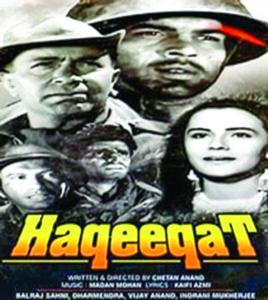
Now in the second stanza she is more expressive and reveals more of herself. In the first stanza she has given a hint of her lover. But now she knows his face and she describes it; ‘shakl phirti hai nigahon main wahi pyari si, meri nas nas mai machalne lagi chingari si ; Chhu gayi jism mera kiske daman ki hawa’. Now this is her desire to be intimately close to him. Maybe she has been close to her lover in the past and his body odor is retained /reflected in her mind which keeps resurfacing. It seems normal for a lonely woman in love to imagine in such a manner; to feel the presence of an imaginative lover. The character is saying these words close to her heart through the song to us.
In each situation a woman is waiting for her man. The most anguished situation is of Meena Kumari, there is no love, no intimacy. In the second situation there is reassurance. A married couple is deeply in love. Yet; to romance in love new situations have to be created to keep love happy.
Therefore the lady sings in her melodious voice pretending to be waiting. In the third case lovers are developing their relationship in a war torn situation. Sadly all three lovers /couples meet a tragic end. Yet ; we listen to the songs and empathies with them, and are hopeful for the women who sang them.

